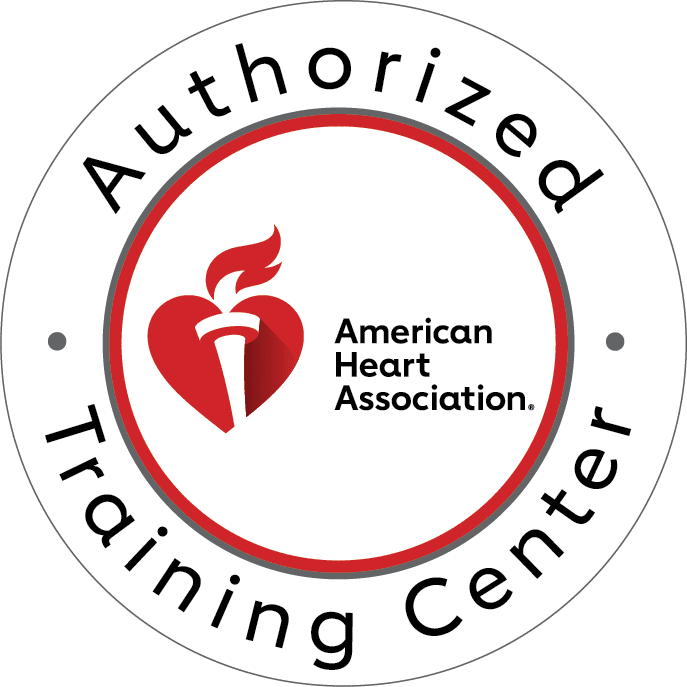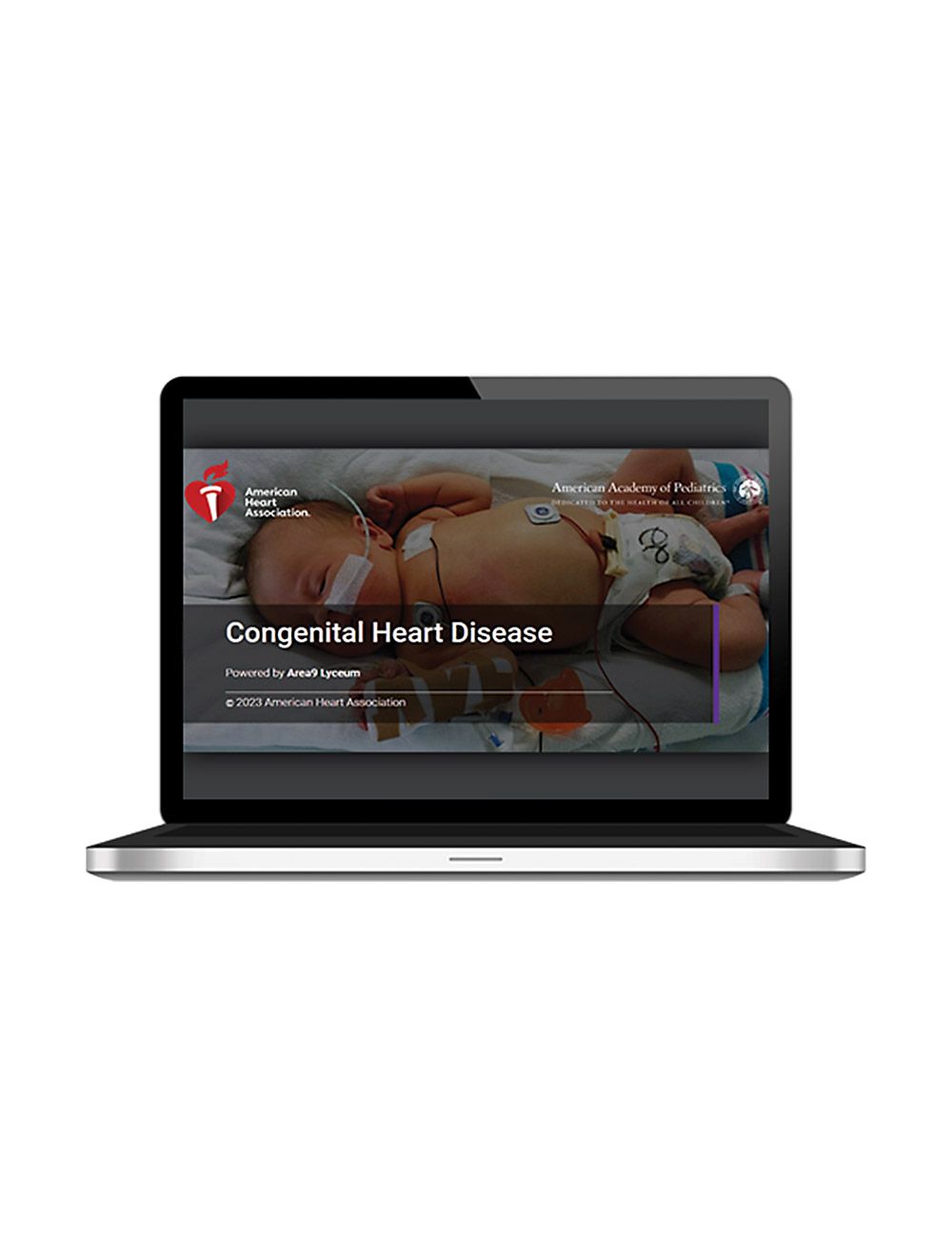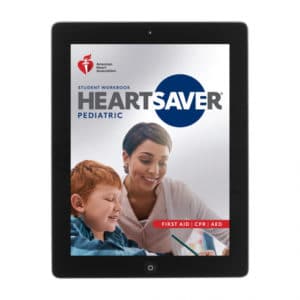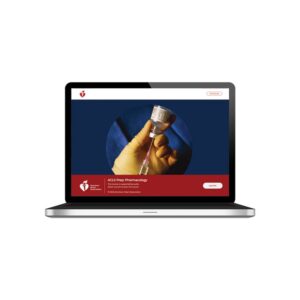2020 AHA PALS Plus™: Congenital Heart Disease (CHD) Module
$ 20.00
In this module, students learn about the general management of patients with single-ventricle anatomy and physiology. This includes changes as palliation progresses from stage I to stage III, physiologic features that can increase the risk of decompensation, monitoring, mechanical ventilation strategies and their impact, and differences in cardiopulmonary resuscitation for these patients.
- Responsive design ensures compatibility on mobile devices and tablets
- All curriculum is web-accessible through inclusive design (WCAG 2.1 AA)
- Ease of use for more students—works on all common browsers (no more Flash)
- International Version English (IVE) language option available in the program
Module Learning Objectives:
After successfully completing this module, students should be able to
- Explain the concept of neonatal single-ventricle anatomy and physiology and the general types of strategies to manage these patients
- Describe how the anatomy and physiology change from stage I to stage II and stage III, including how therapies differ
- Describe the mechanisms that result in increased risk for decompensation and death in patients with single-ventricle physiology
- List and explain the different types of monitoring that can be beneficial in the acute and chronic management of a patient with shunt-dependent single-ventricle physiology
- Explain mechanical ventilation strategies and how they impact the physiology of a patient with single-ventricle anatomy and physiology, specifically with regard to stage of surgery and presence of heart failure
- Describe the treatment strategies of the single-ventricle patient with near arrest or cardiac arrest







